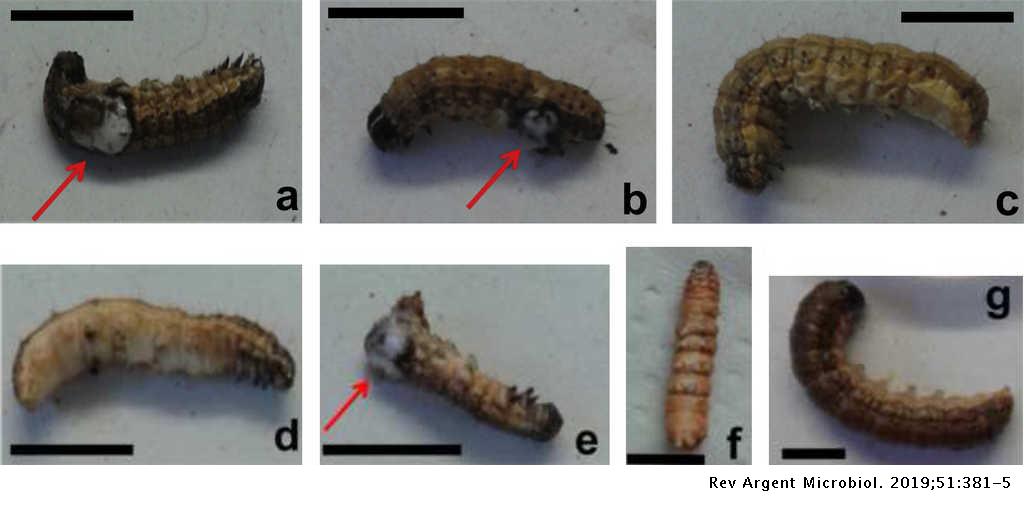Biotecnologia Industrial Volume 3

The production of high yields of oligosaccharides of specific chain length from simple raw materials such as inulin and sucrose is a technical challenge so, the industrial production of short-chain fructooligosaccharides (FOS) is attracting the attention of researchers and business man due to the pharmaceutical importance of these compounds. FOS produced by the action of specific enzymes so called fructosyltransferases are 1-kestose (GF2), nystose (GF3) and fructofuranosyl nystose (GF4). GF3 and GF4 are prebiotics with biofunctional properties and hence health benefits if consumed in recommended dosages. This paper discuss recent research trends in the production and application of short-chain oligosaccharides and propose some process design to obtain these products industrially; also health benefits associated with prebiotics consumption are discussed. The industrial production of short-chain fructooligosaccharides (FOS) and inulooligosaccharides is expanding rapidly due to the pharmaceutical importance of these compounds.
Biotecnologia Industrial Volume 3 4
FOS, concisely termed prebiotics, have biofunctional properties and hence health benefits if consumed in recommended dosages. 1 Prebiotics can be produced enzymatically from sucrose elongation or via enzymatic hydrolysis of inulin by exoinulinases and endoinulinases acting alone or synergistically. Fructosyltransferases act by cleaving a sucrose molecule and then transferring the liberated fructose molecule to an acceptor molecule such as sucrose or another oligosaccharide to elongate the short-chain fructooligosaccharide. 2 The FOS produced by the action of fructosyltransferases are 1-kestose (GF2), nystose (GF3) and fructofuranosyl nystose (GF4) (. FOS, particularly the trisaccharide 1-kestose, are highly demanded in the functional food market due to their dual application as prebiotics and low-calorie sweeteners.
Current FOS production from sucrose using immobilized fungal fructosyltransferases is a costly process that yields limited levels of 1-kestose so, new sources of enzymes are highly desired to date. The production of high yields of oligosaccharides of specific chain length from simple raw materials such as inulin and sucrose is a technical challenge. 3 This report shows some possible bioprocess for short-chain oligosaccharidesproduction and enzyme sources for the production of these prebiotics. Fructooligosaccharides are present in many plants such as Betavulgaris L., Heliantus tuberosus,Asparagus officinialis, Cichorium intybus, Agave Veracruz, as a carbohydrate reserve however, FOS production using vegetable sources is scarce, being most used the chicory ( Cichorium intybus, Figura 1 A) Flowers B) Roots), and yacon (Polymnia sonchifolia, Figura 2) juice. 4,5 On the other hand, microbial FTase can be present intra or extracellular, according to the culture conditions, in higher amounts and easier to extract than enzymes produced by plants. These advantages had made of the microorganism, the most used FTase source for in industrial FOS production by sucrose biotransformation.
FOS are mainly used as an additive in functional foods. They are considered as prebiotic compounds due to their capacity to selectively stimulate the growth and/or activity of potentially health-enhancing intestinal bacteria ( Lactobacillusand Bifidobacterium strains). FOS has been found to fit well within the concept of dietary fiber, because they resist digestion and absorption in the stomach and small intestine of humans and animals, and affect the intestinal epithelium that may strengthen mucosal protection and reduce the risk of gastrointestinal diseases.
8 The chronic ingestion of FOS has been associated with increased intestinal calcium and magnesium absorption, modification of lipid metabolism, and prevention of colon cancer. In food industry FOS are used as ingredients that contribute to enhance shelf life and taste profile. 9,10 The global market of functional foods is estimated up to US$ 33 billion. In US the prebiotics market have earned revenues of US$ 68.9 million in 2007 and will be estimates to reach US$ 198.3 million in 2014.

Biotecnologia Industrial Volume 30
Although in Europe the FOS market is smaller than in US, it has shown a rate growth between 10 and 20% during the last five years, compared to a rate growth of 2% of the whole food market. Europe prebiotic market is estimated in US$1.2 billions and this will be around US$ 1.9 billions for the year 2010. UK, Germany, and France represent the main markets for FOS-containing products commercialization, with the 63% of the whole European market ( Figura 4).